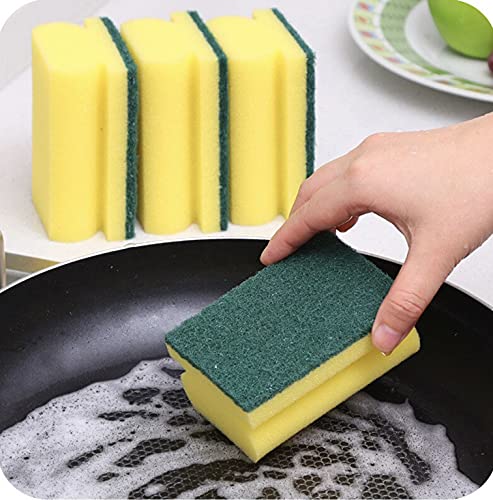Yes, sponges can be used for insulation
Sponges, those soft, squishy, and porous materials that we often use for cleaning or bathing, might be the last thing that comes to mind when thinking about insulation. However, sponges can indeed be used for insulation purposes in certain applications. In this article, we will explore how sponges can be utilized as insulation and their potential benefits.
Understanding insulation and its importance
Insulation is a material or substance used to reduce or prevent the transmission of heat, sound, or electricity. It plays a vital role in maintaining a comfortable indoor environment and reducing energy consumption. In buildings, insulation helps retain heat during winter and keeps the interior cool during summer, resulting in lower energy costs. It also helps reduce noise transmission between rooms and acts as a barrier to the flow of electricity, enhancing safety.
Types of insulation materials
Traditionally, insulation materials have been made from materials such as fiberglass, mineral wool, cellulose, foam, or reflective barriers. These materials are effective at reducing heat transfer, but they can be bulky, difficult to install, and may contain harmful substances. As sustainable and eco-friendly alternatives are gaining popularity, researchers are exploring new materials, including sponges, for insulation purposes.
Sponge as an insulation material
Sponges, which are typically made from materials like cellulose or polyurethane foam, possess properties that make them suitable for insulation. Their porous structure allows for air or gas pockets to be trapped within, creating effective insulation against heat transfer. Depending on the specific type of sponge used, it can provide thermal insulation, sound insulation, or even electrical insulation.
Thermal insulation: Sponges with high thermal conductivity can effectively reduce heat transfer. These sponges can be used in various applications, such as insulating pipes, HVAC systems, or even as wall insulation. The trapped air within the sponge cells acts as a barrier, preventing heat from passing through and maintaining a stable temperature.
Sound insulation: The porous nature of sponges also contributes to their soundproofing capabilities. Sponges can absorb sound waves, reducing noise transmission between spaces. This makes them suitable for applications such as insulation in recording studios, theaters, or any environment where noise reduction is necessary.
Electrical insulation: Certain types of sponges are specifically designed for electrical insulation. These sponges have high dielectric strength and can be used as insulating materials for electrical components or within electrical systems. They prevent the flow of electricity, protecting against the risks of short circuits or electrocution.
Potential benefits of using sponges for insulation
Using sponges for insulation can offer several benefits:
1. Eco-friendly: Many sponges are made from natural materials such as cellulose, vegetable fibers, or even recycled materials. This makes them a more sustainable and environmentally friendly choice compared to traditional insulation materials.
2. Lightweight and easy to install: Sponges are generally lightweight and flexible, making them easier to handle, cut, and install. This can save time and effort during the installation process, especially in areas with complex shapes or tight spaces.
3. Versatile applications: Sponges can be customized and adapted to various insulation needs. They can be manufactured in different forms, sizes, and densities to cater to specific requirements. Their adaptability makes them suitable for a wide range of applications, from buildings to automobiles.
4. Cost-effective: Depending on the specific type and manufacturer, sponges can be a cost-effective insulation solution. Their availability and ease of manufacturing can contribute to overall cost savings.
Despite their potential benefits, sponges may have limitations depending on the specific application. Factors such as durability, fire resistance, and moisture resistance should be considered before using sponges as insulation. Additionally, proper installation and compliance with building codes and regulations are crucial to ensure optimal performance and safety.
In conclusion, sponges can indeed be used for insulation purposes. Their unique properties, such as thermal conductivity, sound-absorbing qualities, and electrical insulation capabilities, make them suitable for a range of applications. By considering the specific requirements and limitations of each application, sponges can offer an eco-friendly, lightweight, and cost-effective alternative to traditional insulation materials.






